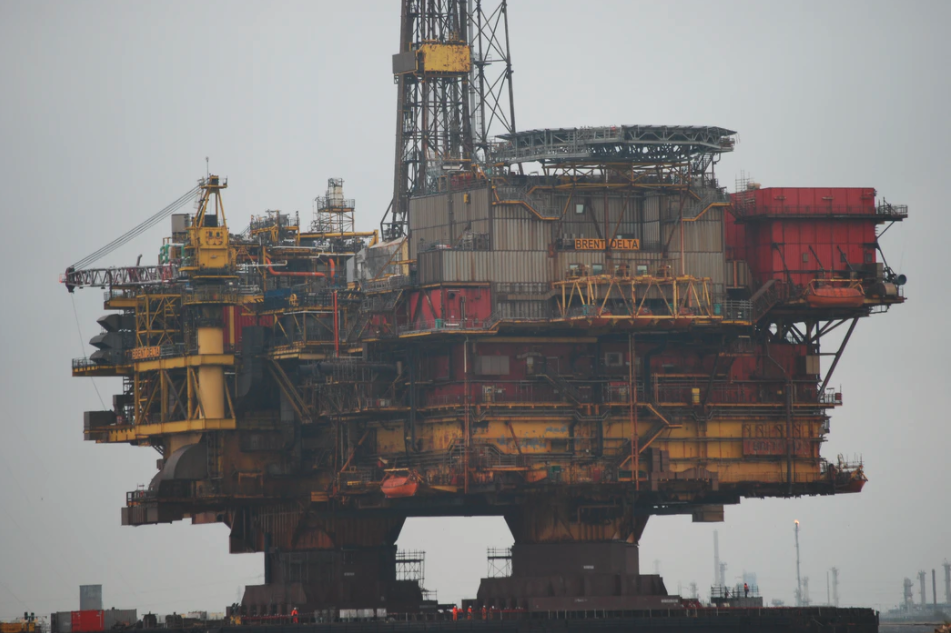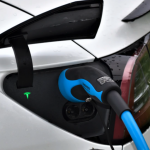It’s clear that energy production from sustainable and renewable sources will increase and be combined with grid battery storage, giving improved distribution and efficiencies that oil, gas and coal powered generation cannot compete with. This will lead to loss of market share across the industry to transitioned energy sources.
It’s not just loss of market share, impact on supply demand from EV or the burden of carbon levy’s that energy supply companies need to respond to. To compound the impacts of the energy transition away from hydrocarbon solutions, energy companies are at great risk of seeing billions of dollars in value wiped off their valuations through asset stranding.
For example, it’s reasonable to assume that, in 10 to 15 years, natural gas-powered Peaking Power Plants (‘Peakers’) will be completely replaced by grid battery storage that is more efficient, responsive and cheaper to operate and maintain. Companies that are commissioning new Peakers and those installing them today face having projects that will no longer be commercially viable -though likely used and maintained due to invested capital- or that will be outright cancelled. They will need to transition from gas operated solutions to battery solutions, and this will require changes to business models and capabilities. Battery based Peakers; are already in use and replacing gas Peakers, the Tesla built Hornsdale Power Reserve in Southern Australia is likely the most famous example.

Energy companies who’s core is resource extraction are valued to a significant extent by the proven reserves they have in oil and natural gas and coal beds. They are assets that can be extracted over time and sold into the market, assuring long term revenue and maintaining the profitability and value of the company.
It will be the case that those assets will not be utilised as the energy transition occurs, meaning they become stranded and valueless. In fact, those reserves will become stranded alongside capital assets and infrastructure such as refineries and storage, power stations and related infrastructure, transport and distribution assets (sea, rail, land), along with real estate and even highly skilled employees. What cannot be disposed of will become an ongoing liability or will need to be repurposed within a transitioned business model.
Devaluation of energy company market value and reduction in revenue will be caused by a number of factors including:
- Public Policy that regulates against the industry (Carbon Levies) and reduction or complete loss of government subsidy payments.
- Loss of access to investment capital, as finance removes carbon from its financing activities (JPMorgan, Citigroup, Bank of America, HSBC)
- Consumer and business preference changes reducing demand for carbon intensive energy products.
- The cost-down curve of renewables and sustainable energy sources.
- Market disruption from new market players taking advantage of the energy transition, bypassing old business models.
- Asset Stranding as coal, oil and gas reserves are no longer required.
Options Exist
It’s not all doom and gloom of course. Every industry that has ever seen a significant transition has faced the same types of issues and succeeded in bringing about a meaningful transition. We can look at the energy giant BP as an example.
BP were of course built on carbon intensive oil and gas, and they were facing a $6.7 billion deficit back in September 2020 and holding significant stranded or soon to be stranded assets. BP’s new Chief Exec, Bernard Looney, made it quite clear when he was appointed that the firm were not going to stay in the past and not stick to its traditional ways of working. A lot of this is captured in their Reimagining Energy pages. That forward looking view meant divestment from those risky assets.

This change of direction involved making 2,800 staff redundant, striking a deal with Ineos for the sale of its petrochemicals (aromatics and acetyls) business for an eye watering $5 billion. In addition, the analysis of what is an inevitable reduction in investment and decline in demand drove the target set by BP to reduce oil and gas production by 40%, or at least 1 million barrels per day by 2030, and to expand into renewable energy. Who ever thought just about half of this oil and gas giant would be renewables? Welcome to the decarbonised future. The BP pulse EV charging point infrastructure is an example of that intent in action.
The rise of the Integrated Energy Company
BP are not the only company taking a forward-looking view towards a transitioned energy future. EDF are another great example of what are now becoming know as an ‘integrated energy company’. The first thing you see on their website is “Switch to zero carbon electricity at zero extra cost”. Energy solutions for EV are a big offering, you can even lease the cars through them.
Switch to zero carbon electricity at zero extra cost
That they offer energy from renewables will sit well with most, the nuclear generation they do might still be a sticking point for some, especially as they bring new plants on line.
The list goes on, from BP, Conoco, Chevron to Exxon – all are looking at the need to decarbonise, divest from or avoid stranded assets from a business model becoming more outdates as time goes on and invest heavily in business transition, technology solutions and restructuring that will see them thrive in the decades ahead.
Asset stranding presents a great risk to these oil and gas majors, but it’s also an amazing catalyst for change – and that change will only come about by the transformation of these companies. It’s a rough road ahead, but it leads to a brighter, healthier and more sustainable future for us all.
Mark.


